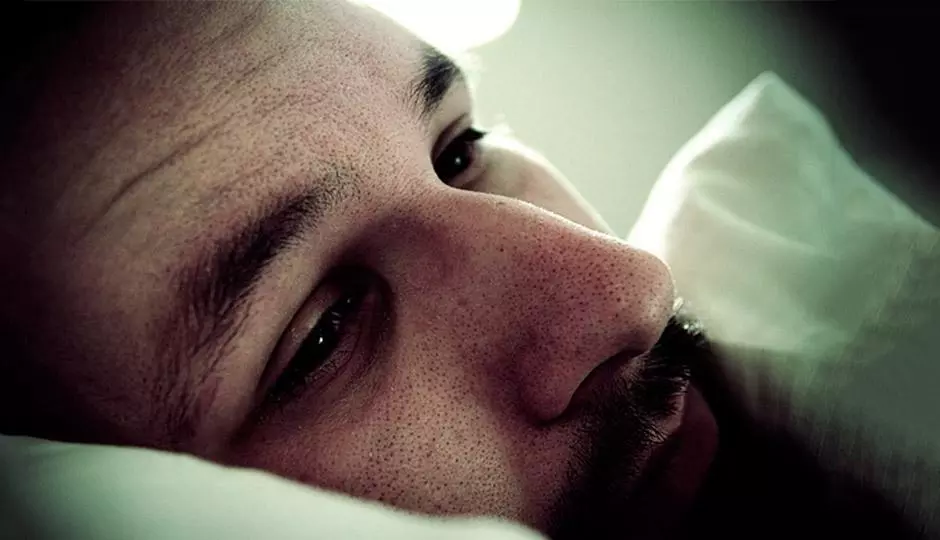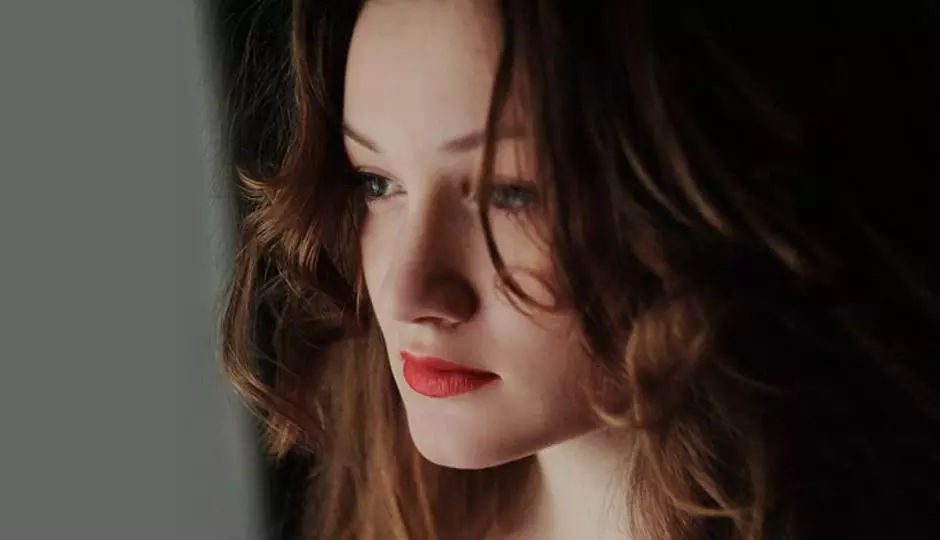A common side effect of cancer treatments is hair loss. And it might be something that you’re encountering if you have breast cancer. Chemotherapy and radiation both cause balding but not in the same way. Odds are you’ll be prescribed either chemo or radiation, so understanding the impacts they have in connection with hair loss can be helpful.
Chemotherapy
Chemotherapy is a cancer treatment designed to decimate malignancy cells and prevent them from reproducing. Chemotherapy targets the cancer cells, which typically split at a rapid pace. Tragically, your hair follicles also rapidly divide and fall under its radar so the chemo often destroys them too.
Since chemotherapy drugs flow all through your whole body, all of your body hair may fall out. Your hair starts to fall out around two to four weeks after your first treatment and proceeds until it is complete. It’s typically not permanent.
A few weeks after the end of your chemotherapy your new hair starts to develop, and by two months it may grow an inch or two. Sometimes the texture and shade might be different than before your treatment. The hair on top of your head will grow back faster than your other body hair. Eyebrows and eyelashes typically grow back quickly as well.
Radiation
Other cancer treatments like radiation destroy disease cells by harming their DNA to the extent that the cells cannot work anymore. Not at all like chemotherapy, it doesn’t target particular cells and will harm healthy cells too. Consequently, radiation is focused on particular regions, and your hair loss may be confined to those regions.
When breast cancer that hasn’t spread is treated with radiation the hair loss is usually confined to the armpit. When the cancer spreads beyond the breast, hair loss due to radiation can show up wherever treatment is coordinated.
Radiation hair loss starts around three weeks from the beginning of your radiation treatment, and regrowth happens at around three to six months after treatment culmination.
Despite the fact that cancer treatment related balding is generally not permanent, losing your hair can be extremely troublesome for women. It can be beneficial to join a supportive care group to associate with others struggling with a similar experience. Treat yourself to shopping trips for extravagance things, for example, fancy headscarves. You can also use this opportunity to play around with various haircuts and hues by trying on different wigs.
If you are fighting cancer and your cancer treatments are causing hair loss let us help you feel beautiful again. At Transitions of Wisconsin our highly trained professionals design your wig by recreating your natural hairstyle as closely as possible, so that no one will notice a difference from your real hair. If you’re interested in scheduling a free consultation, contact us today!
Sources
http://www.breastcancer.org/treatment/chemotherapy
http://www.mayoclinic.org/tests-procedures/chemotherapy/in-depth/hair-loss/art-20046920
http://www.breastcancer.org/tips/hair_skin_nails/hair_loss
http://www.breastcancer.org/tips/hair_skin_nails/regrowth
http://www.mayoclinic.org/tests-procedures/chemotherapy/in-depth/hair-loss/art-20046920
http://www.cancer.org/treatment/treatmentsandsideeffects/treatmen


